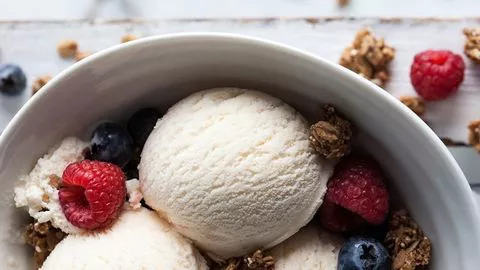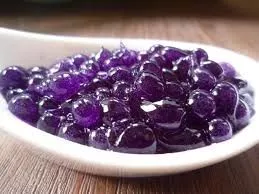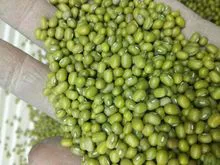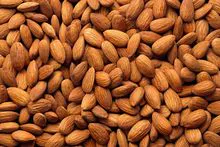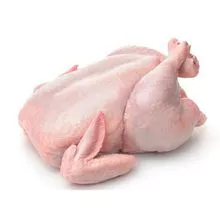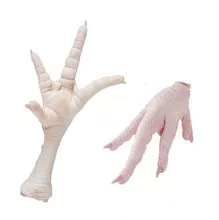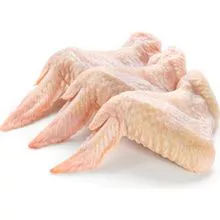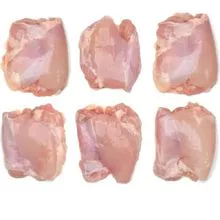Description
Texturants, also known as texture modifiers or texturing agents, are ingredients added to food and beverages to improve their texture, mouthfeel, stability, and overall sensory experience. They play a crucial role in product development, ensuring consistency, enhancing quality, and meeting consumer expectations.
Benefits of Texturants:
Improved Texture and Mouthfeel: Enhances the creaminess, thickness, and overall mouthfeel of food products.
Stabilization: Prevents separation and maintains the desired consistency of products.
Shelf-Life Extension: Improves the stability and shelf-life of food and beverages.
Versatile Applications: Suitable for a wide range of products, including dairy, bakery, confectionery, beverages, and processed foods.
Customizable: Offers tailored solutions to achieve specific textural properties and product characteristics.
Types of Texturants:
Hydrocolloids:
Examples: Xanthan Gum, Guar Gum, Carrageenan, Agar-Agar
Applications: Sauces, soups, dairy products, bakery items
Starches:
Examples: Corn Starch, Tapioca Starch, Potato Starch, Modified Starches
Applications: Gravies, puddings, pie fillings, processed foods
Proteins:
Examples: Gelatin, Whey Protein, Soy Protein, Casein
Applications: Desserts, dairy products, meat analogs, snacks
Cellulose Derivatives:
Examples: Methylcellulose, Carboxymethylcellulose (CMC), Microcrystalline Cellulose
Applications: Baked goods, beverages, dairy products, processed foods
Pectins:
Examples: High Methoxyl Pectin, Low Methoxyl Pectin
Applications: Jams, jellies, fruit preparations, dairy desserts
Gums:
Examples: Locust Bean Gum, Arabic Gum, Konjac Gum
Applications: Ice creams, sauces, beverages, processed meats
Application Guidelines:
Dairy Products:
Hydrocolloids and Proteins: Use xanthan gum or gelatin to enhance creaminess and stability in yogurt, cheese, and ice cream.
Dosage: Follow product-specific guidelines for optimal texture and mouthfeel.
Bakery and Confectionery:
Starches and Gums: Use modified starches or guar gum to improve dough elasticity, moisture retention, and shelf-life.
Dosage: Gradually mix with dry ingredients to ensure even distribution and desired texture.
Beverages:
Cellulose Derivatives and Hydrocolloids: Use CMC or carrageenan to stabilize and thicken beverages, preventing separation.
Dosage: Dissolve in water or liquid base before adding to the final product.
Processed Foods:
Starches and Proteins: Use corn starch or soy protein to enhance the texture and stability of sauces, soups, and ready-to-eat meals.
Dosage: Incorporate during the cooking or processing stage for uniform texture.
Safety Considerations:
Quality: Choose high-quality texturants from reputable suppliers to ensure safety and efficacy.
Regulations: Ensure compliance with local and international food safety regulations regarding the use of texturants.
Handling: Follow recommended handling practices to avoid contamination and ensure product integrity.
Storage: Store texturants in a cool, dry place, away from moisture and direct sunlight. Keep containers tightly sealed to maintain freshness.
- Texturants
- Texturants in bulk
Production Capacity:
10000
Delivery Timeframe:
Within 30 Days
Incoterms:
CFR - Cost and Freight
CIF - Cost, Insurance and Freight
Packaging Details:
Not informed
More about
Page Global Consultants
10-50
Employees
2M - 10M
Sales volume (USD)
90%
% Export sales
Year
Established
Business type
- Industry / Manufacturer
- Importer / Trading Company
- Representative / Agent
- Distributor / Wholesaler
Keywords
- Nuts
- Grains
- Meat
- Animal Feed
- Grains
- Oil
- Soybeans
- Corn
- Feed
- Fertilizer Ver Mais
Contact and location
-
MABUNGU ********
-
+27 7********
-
GQEBERHA / EASTERN CAPE | South Africa







